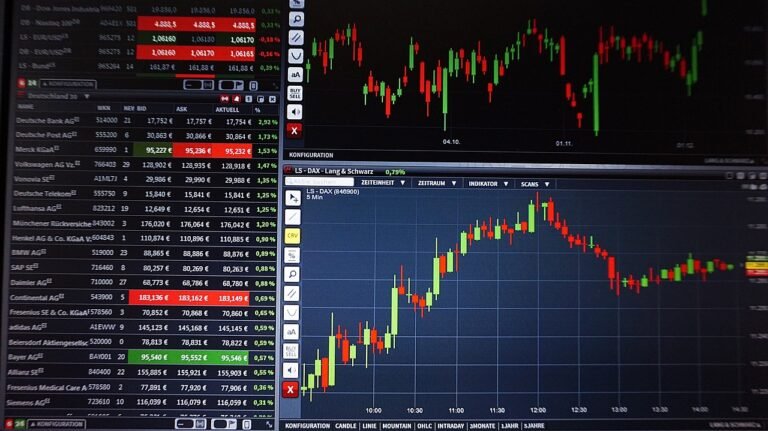
Drawdown is a fundamental concept in trading and investing, representing the reduction in an account’s value from its peak before a new high is reached. Understanding and managing drawdown is crucial for maintaining financial stability and achieving long-term trading success. This article delves into the concept of drawdown and provides actionable strategies to minimize its impact.
What is Drawdown?
In trading, drawdown refers to the percentage or monetary decrease in the value of your account after a series of losing trades. It is typically measured from the highest point of your account balance (peak) to the lowest point (trough) before a recovery occurs. Drawdowns can provide insights into the risk and volatility of a trading strategy.
Types of Drawdown
Drawdown can be categorized into different types, depending on how it is measured:
- Absolute Drawdown: The difference between the initial account balance and the lowest point during the trading period.
- Maximum Drawdown: The largest decline from a peak to a trough in your account balance over a specific period.
- Relative Drawdown: The percentage of the maximum drawdown relative to the peak balance.
Why is Drawdown Important?
Monitoring drawdown is essential for several reasons:
- Risk Assessment: High drawdowns may indicate excessive risk or volatility in a trading strategy.
- Psychological Impact: Large drawdowns can lead to emotional stress and poor decision-making.
- Capital Preservation: Managing drawdown helps protect your capital and ensures longevity in trading.
How to Calculate Drawdown
Drawdown is calculated using the following formula:
Drawdown (%) = ((Peak Value - Trough Value) / Peak Value) × 100
For example, if your account peaked at $10,000 and then dropped to $8,000, the drawdown is:
Drawdown = ((10,000 - 8,000) / 10,000) × 100 = 20%
Strategies to Minimize Drawdown
While drawdowns are inevitable, traders can take proactive steps to minimize their impact:
1. Use Proper Risk Management
Limit the amount of capital you risk per trade, typically between 1% and 2% of your account balance. This reduces the potential impact of losing trades.
2. Diversify Your Trades
Avoid overexposure to a single asset or market by diversifying your portfolio. This spreads risk across multiple trades and reduces the effect of individual losses.
3. Implement Stop Loss Orders
Use stop loss orders to automatically exit trades that move against you beyond a predetermined level. This helps prevent significant losses and protects your account balance.
4. Optimize Your Trading Strategy
Evaluate and refine your trading strategy to reduce volatility and improve the risk-to-reward ratio. Backtesting can help identify potential weaknesses in your approach.
5. Manage Leverage Carefully
Excessive leverage can amplify losses and lead to larger drawdowns. Use leverage conservatively and only when you fully understand its implications.
6. Maintain a Trading Journal
Keep a detailed record of your trades, including entry and exit points, reasons for the trade, and outcomes. Analyzing your journal can help you identify patterns and make informed adjustments.
Psychological Tips for Handling Drawdown
Drawdowns can be mentally challenging. Here are some tips to maintain composure:
- Stay Disciplined: Stick to your trading plan and avoid impulsive decisions during a drawdown period.
- Focus on the Long-Term: View drawdowns as temporary setbacks and remain committed to your overall strategy.
- Take a Break: Step away from trading if the stress becomes overwhelming. A clear mind leads to better decision-making.
Conclusion
Drawdown is an unavoidable aspect of trading, but its impact can be mitigated through effective risk management, disciplined trading practices, and psychological resilience. By understanding the concept of drawdown and implementing strategies to minimize it, you can safeguard your capital and enhance your trading performance. Remember, successful trading requires patience, persistence, and a focus on long-term goals.